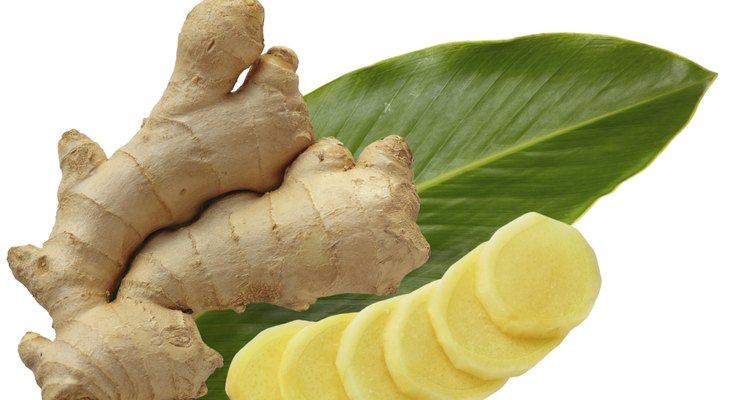
Le Do/iStock/Getty Images
The Wild Rose D-Tox Diet is designed to cleanse toxins and heavy metals from your body. According to creator Terry Willard, Cl.H., Ph.D., “We classify foods into either an acid-forming, neutral or alkaline-forming category. Since many health problems stem from an overly acidic system, a good detoxification program addresses the acid-alkaline balance of the blood.” Follow the detox diet program for 12 days, creating menus from the detox diet plan, which offers many food choices.
Take the Supplements
There are four supplements provided with the Wild Rose D-Tox Diet: Biliherb, Laxaherb, Cleansaherb and CL Herbal Extract. These supplements contain various herbs and flower extracts such as black radish and barberry root, red clover, ginger, parsley, licorice, juniper berries and yarrow, and are formulated to cleanse and strengthen your digestive and excretory systems. The D-Tox instruction kit suggests that you take two tablets or 20 drops of each supplement with breakfast, and again with dinner.
Cut Out Congestive Foods
Avoid processed foods and those containing flour, such as cakes, cookies and snack foods like chips and pretzels. White flour and highly processed foods have a high glycemic index, which can cause unhealthy fluctuations in blood sugar. Stay away from dairy, except for butter, because it's believed that dairy can encourage the production of mucus. Do not eat any tropical fruits during your D-Tox diet, as they tend to be more allergenic than other fruits.
Avoid Alcohol
According to the Mayo Clinic, “Though moderate alcohol use seems to have some health benefits, anything more than moderate drinking can negate any potential benefits.” It defines “moderate” as one to two drinks per day for men, and one drink per day for women. If you're trying to remove toxins from your body, it makes no sense to add one, so put the alcohol away for the duration of the diet.
Have Fun With the Menu
There are no clinical studies that prove detox diets actually remove any toxins from the body, but the menu plan for the Wild Rose D-Tox Diet is well balanced and offers a wide variety of foods. Dr. Willard has divided these foods into three categories: acid-forming foods like meat, beans, most nuts and grains; alkaline foods such as almonds, fruits, millet, buckwheat and brown rice; and neutral foods, which include most vegetables. He suggests you structure your diet so that it consists of 20 percent or fewer of acid-causing foods, and 80 percent or more of alkaline and neutral foods.
Related Articles
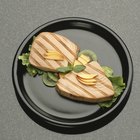
Food List for Wild Rose D-Tox
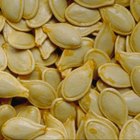
Alkaline & Acidic Foods & Drinks

Foods to Avoid to Prevent Gout
A Kosher Breakfast Menu

The Core Plan Food List for Weight ...

A List of Foods That Contain Choline
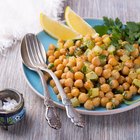
Garbanzo Beans on the Glycemic Index

Can I Exercise on the Master Cleanse ...

Nutrition Drinks for Diabetics

Foods to Prevent Jaundice
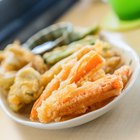
The Samurai Diet
4 Simple Healthy Dinner Recipes

Menu for Acid Reflux
Low-Potassium Meals

List of Vegetables for the Paleo Diet

How Many Calories in a Taco Bell Bean ...

List of Gout Diet Foods

Menus for Toddlers & Five-Year-Olds for ...
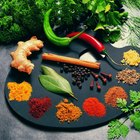
Salt-Free Diet Menus
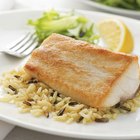
The Collin Dong Diet
References
Writer Bio
Brynne Chandler raised three children alone while travelling, remodeling old homes, taking classes at the Unioversity of California Northridge and enjoying a successful career writing TV Animation. Her passions include cooking, tinkering, decorating and muscle cars. Brynne has been writing fun and informative non-fiction articles for almost a decade. She is hard at work on her first cookbook, which combines healthy eating with science-based natural remedies.
Photo Credits
Le Do/iStock/Getty Images